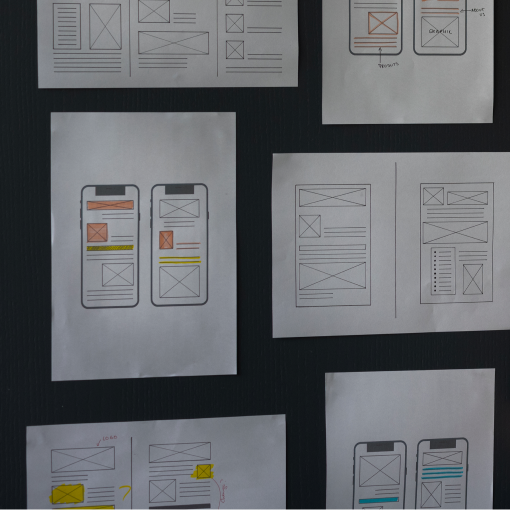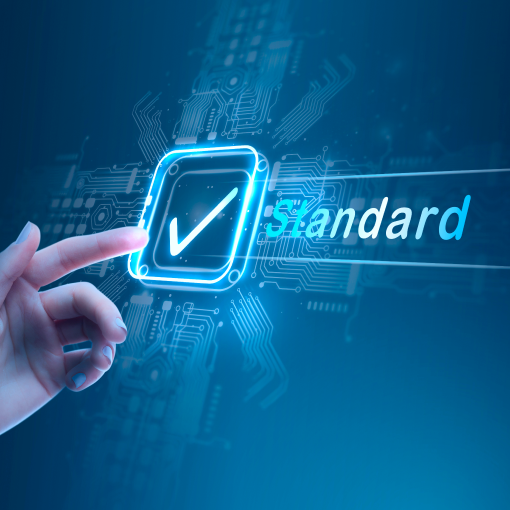Your partner for software innovations.
Our Approach
- Home
- Our Approach
// Your Success, Our Method
Our Methodology
At Kernshell, we don’t just consult, we craft strategies that resonate with the heartbeat of your business. Our methodology reflects a deep commitment to understanding your unique needs, aligning our goals with yours, and collaborating to unveil the full potential of your enterprise. This goes beyond conventional consulting, it’s about forging meaningful and enduring partnerships.
The right methodology is the cornerstone of the right outcome. Kernshell approaches its work by seamlessly blending external expertise with your organization’s internal processes. We recognize that success is deeply rooted in tailoring our advice to your distinct operational framework. This commitment allows us to cultivate robust and enduring relationships with our clients.
// Success = Quality X Acceptance
Process
Planning Phase
Comprehensive analysis and goal-setting. Resource allocation for a robust foundation. Detailed planning to guide subsequent phases.
Design Phase
Transformation of the project vision into a tangible blueprint. Collaboration with expert designers for framework creation. Ensuring alignment with client requirements and industry standards.
Build or Development Phase
Actual creation of the project based on approved design. Utilization of cutting-edge technologies by skilled developers. Translation of design specifications into a functional solution.
Quality Assurance or Testing Phase
Rigorous testing procedures for functionality, performance, and security. Thorough quality assurance to meet specified standards. Identification and elimination of defects.
Go Live or Launch
Project launch following successful testing and client approval. Meticulous coordination is needed for a seamless transition from development to live operation. Accessibility to the intended audience.
Maintenance and Support
Ongoing maintenance and support post-launch. Regular updates for optimized performance. Bug fixes and technical assistance are needed for sustained functionality and user satisfaction.
// Resources vs Timeline
Project Paradigm
The success of any project hinges on a delicate balance between resources and timeline. Resources, including human capital, financial assets, and technology, drive project success, while a well planned timeline sets the stage for efficient task completion. Balancing these elements requires prioritization, optimized workflows, and transparent communication. Flexibility in the timeline, aligned with agile methodologies, allows for adaptability. Regular assessments and strategic resource allocation ensure timely completion of tasks and sustained project momentum. Success is achieved through a harmonious balance and efficiently meeting project objectives.



